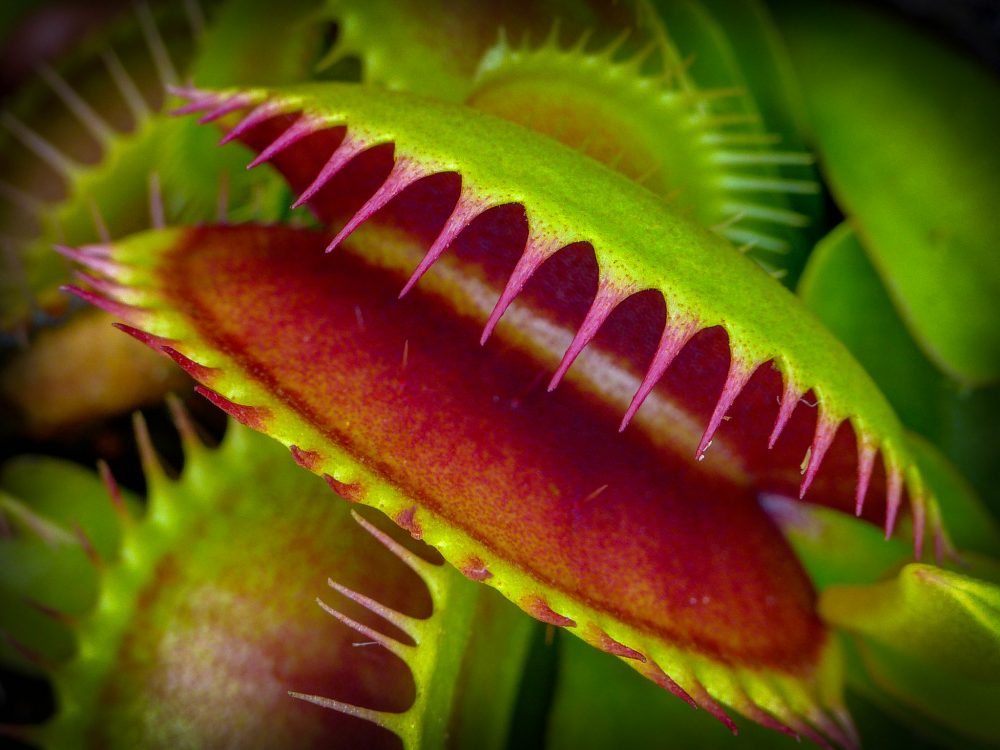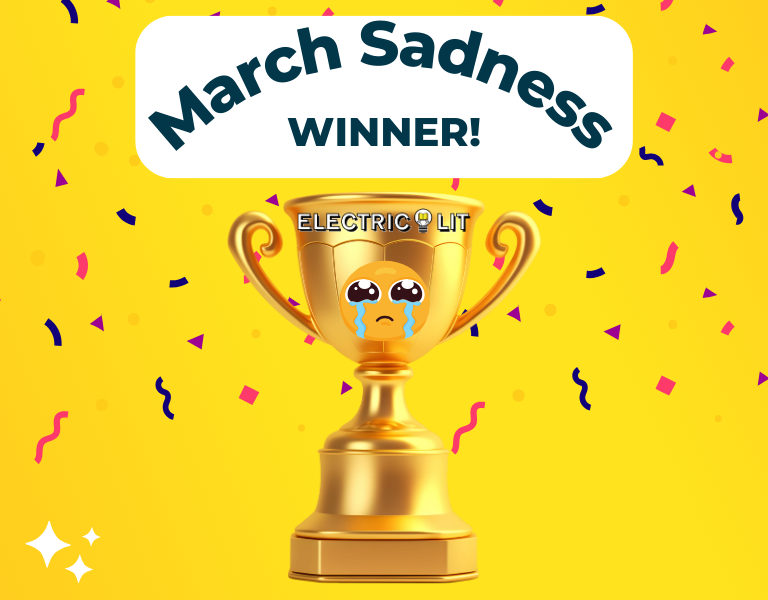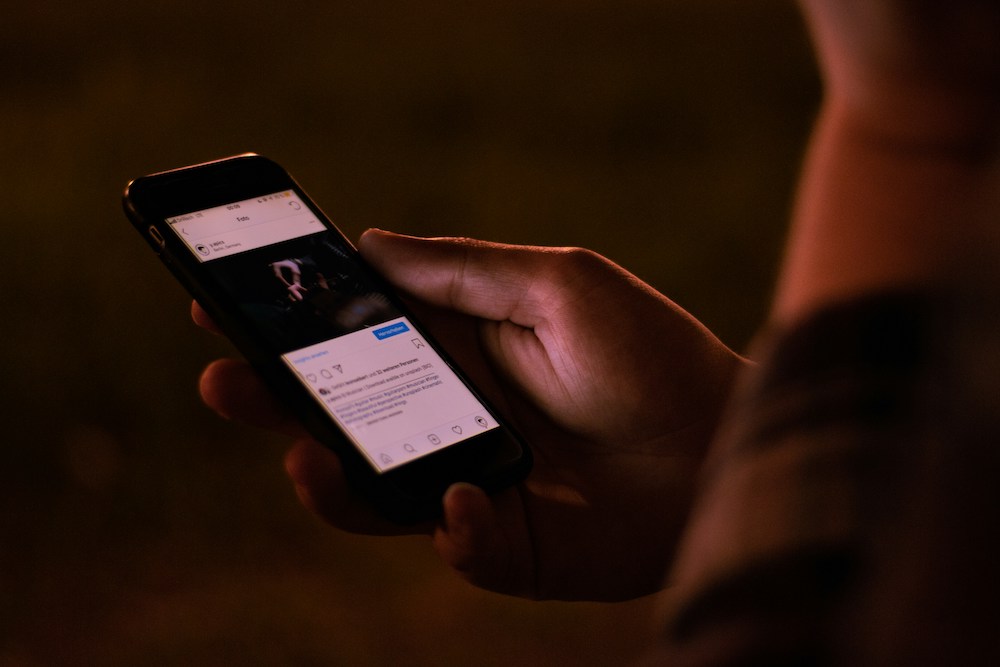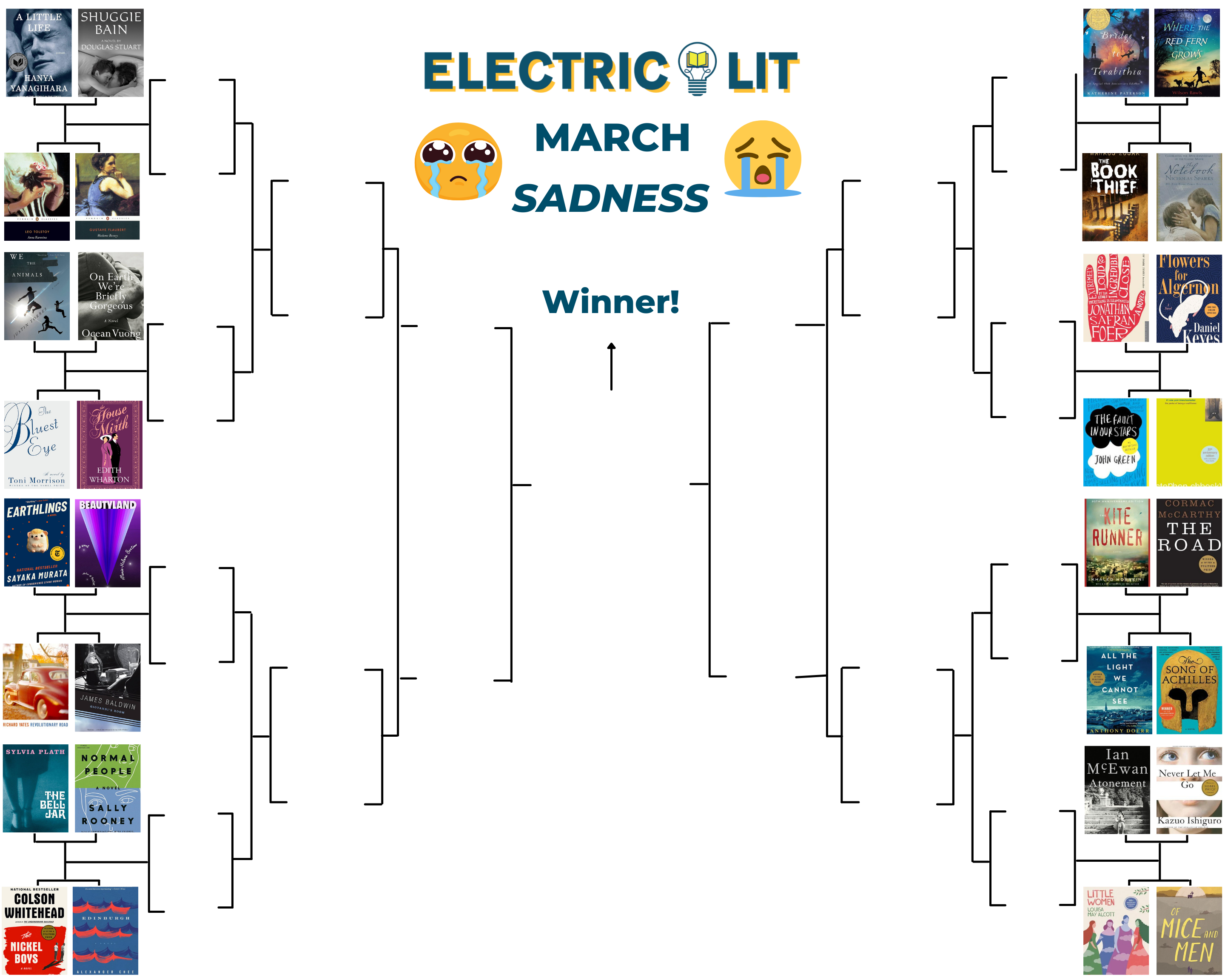Books & Culture
Stephen King’s Experiment with Online Self-Publishing Was 20 Years Before Its Time
With his serialized book "The Plant," the horror novelist had a Substack before Substack was invented

Journalists like Anne Helen Petersen, former culture writer at BuzzFeed, and Casey Newton, former tech reporter at The Verge, have recently been making waves in the news industry by ending long-term stints at established publications to focus on subscription email newsletters hosted by Substack. Founded in 2017, Substack is a platform that allows writers to create newsletters delivered directly to subscribers’ email inboxes, either for free or at a price. According to Axios, most writers of subscription newsletters work primarily in technology, business, and political news and analysis — but that’s not to say fiction won’t soon find its place on Substack as well.
Indeed, Stephen King attempted such a gambit with The Plant nearly two decades before Substack was founded. While there was no consensus on the success or failure of King’s experiment in digital self-publishing, the attempt remains valuable for what it can teach Substack’s fiction writers to come.
While there was no consensus on the success or failure of King’s experiment in digital self-publishing, the attempt remains valuable for what it can teach fiction writers to come.
The Plant is a serialized novel about a publishing house whose office plant demands human sacrifice in exchange for financial success. It first germinated as a series of three limited-edition, printed installments that King gave to family and friends for the 1982, ‘83, and ‘85 holiday seasons. According to an interview with The New York Times, King initially discontinued the series due to its coincidental resemblance to Little Shop of Horrors, which hit theaters the following year, in ‘86.
The Plant grew into an experiment in online self-publishing after an incident with King’s e-book debut, the novella Riding the Bullet. Published by Scribner in March of 2000, the novella was encrypted to prevent piracy, but the encryption crashed many would-be readers’ computers — and was broken by hackers anyway. Looking back on both Riding the Bullet and The Plant during an interview with The Paris Review in 2006, King explained:
With “Riding the Bullet” there was all this talk about people trying to hack the system to get it for free. And I thought, Well, yes, this is what these Internet people do. They don’t do it because they want to steal it, they do it because they want to see if they can steal it. It’s a game. And so I thought, Well, if you just say, look, here it is—it’s like a newspaper honor rack. If you really want to be that much of a schmo, that much of a palooka, go ahead and steal it! Hope you feel good about yourself, turkey!
Perhaps just a little peeved at Scribner as well, King also told The Paris Review about his interest in potentially cutting publishers out of publishing: “The Internet publishing experiment was probably a way of saying to the publishers, You know, I don’t necessarily need to go through you.”
With the intent of self-publishing an e-book without encryption, and with readers paying based on the honor system, King re-released The Plant online in installments beginning in July of 2000. Each installment was distributed through King’s website, with the author requesting $1 to $2 per chapter, stipulating that he would only continue writing if at least 75 percent of readers voluntarily paid. Altogether, King released six chapters before announcing the project’s hiatus five months later. The Plant remains unfinished, though free to read on King’s website.
King insisted that his work on The Plant was suspended due to a lack of inspiration, rather than any financial or technical failure. To the contrary, in his conversation with The Paris Review, King estimated that The Plant had brought in almost $200,000, but that “the story was just OK.” Contemporary news coverage, however, was skeptical. King’s introduction to The Plant, which he had also published on his website, included an explicit challenge to publishers — “My friends, we have the chance to become Big Publishing’s worst nightmare” — and critics were not going to let that go. The New York Times announced “Publishers one, authors nothing,” in an article entitled “A Stephen King Online Horror Tale Turns Into a Mini-Disaster,” which claims that King abandoned the project after sales “steadily faded.” Even King’s assistant, Marsha DeFilippo, acknowledged to WIRED that, by The Plant’s fourth chapter, only 46 percent of readers were paying — a technical failure, according to the metrics the author himself had laid out. But both King and DeFilippo have pointed out that The Plant isn’t dead; it remains in hibernation, just as it was between 1985 and 2000.
Social media provides writers with an avenue for self-promotion, but it remains incumbent upon them to do the long-term work of building and engaging with their subscriber base.
Regardless of whether or not The Plant will bloom once more, there are lessons it has to offer fiction writers considering subscription newsletters. When speaking with The New York Times, DeFilippo identified marketing as one of the biggest challenges in self-publishing the serialized novel, which is why “King would never give up traditional publishing. They provide a huge service, actually selling the work.” The modern advent of social media provides writers today with an avenue for self-promotion, but it remains incumbent upon them to do the long-term work of building and engaging with their subscriber base. The other challenge mentioned in all contemporary coverage of The Plant is one of expectations: both what King expected of readers and readers expected of King. Expecting 75 percent of readers to pay seems unrealistic — according to a recent article in The New York Times, even the most popular Substack sees only 18 percent of readers pay — and even if there’s only one paying reader out of a thousand, they’re probably going to expect a completed novel no matter what. In other words: Keep expectations realistic, and commit to delivering.
Lastly, when striking out on a new venture, regardless of how promising or innovative, maybe don’t burn your bridges. Substack is, after all, only the latest email newsletter platform. Founded in 2010, TinyLetter blazed the way for Substack, but was nearly shut down two years ago, illustrating the often fickle nature of tech companies. Their platforms come and go, but the publishing industry remains — thus, it’s wise not to trash one for the other. Otherwise it can be a long walk back from “Big Publishing’s worst nightmare” to “They provide a huge service,” and most of us don’t have assistants to do the trek for us.








